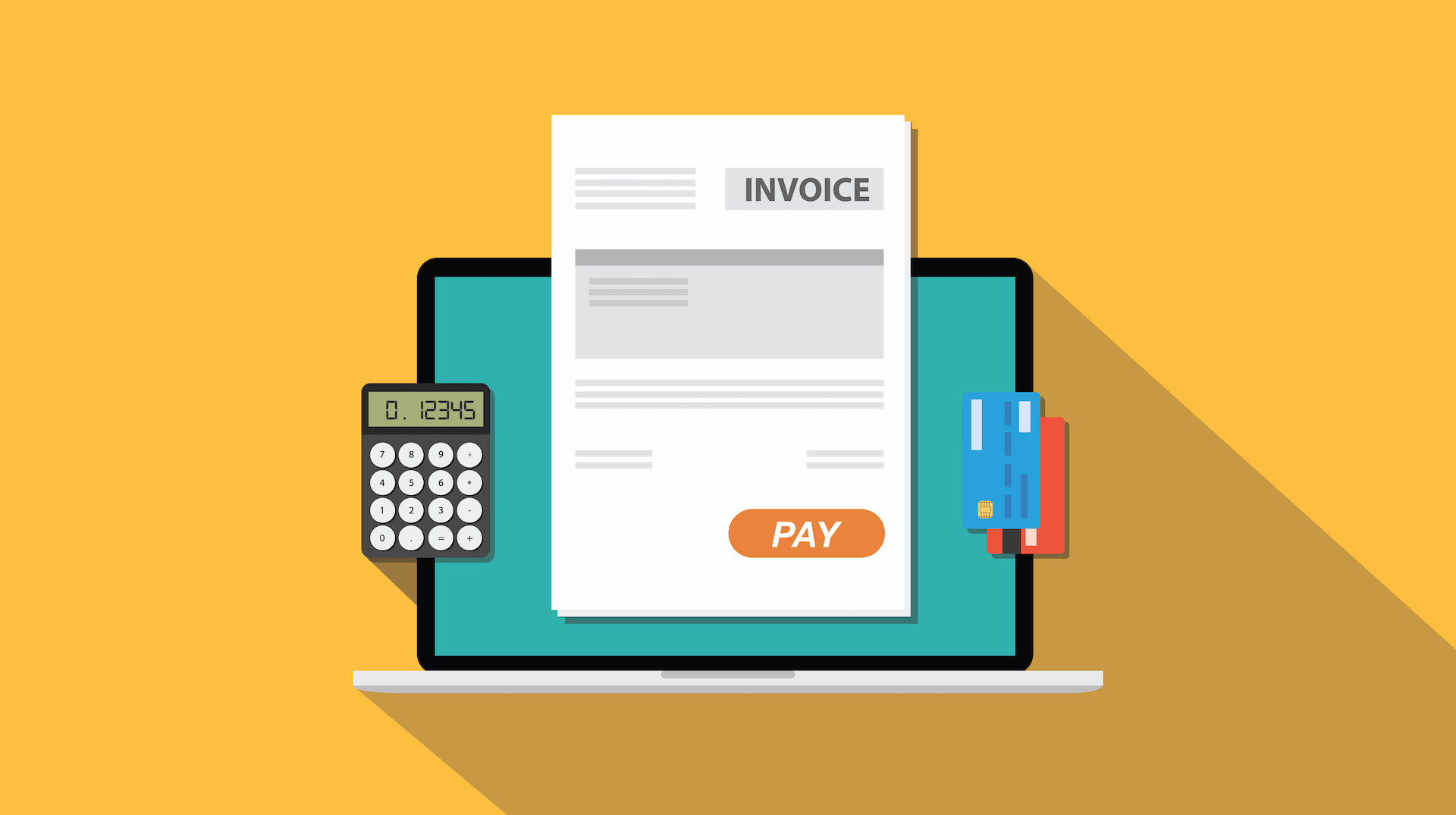9 Tips to Improve eCommerce Inventory Management
Learn strategies and best practices for improving inventory management in your eCommerce business to help you stay ahead of the competition.
4 min read
 Tim Bucciarelli
:
October 30, 2024
Tim Bucciarelli
:
October 30, 2024

Are you looking to streamline your invoicing processes, ensure compliance, and improve cash flow? e-invoicing might be the solution you've been searching for.
E-invoicing refers to the electronic creation, exchange, and storage of invoices in a structured digital format, enabling automatic processing by accounting and enterprise resource planning (ERP) systems. Unlike traditional paper invoices or emailed PDFs, e-invoices are machine-readable and often transmitted in formats like XML or Universal Business Language (UBL). This shift reduces manual effort, minimizes errors, and supports efficient cash flow and regulatory compliance.
While terms like e-invoicing and digital invoicing are often used interchangeably, it's important to distinguish them from Electronic Data Interchange (EDI). EDI is a broader protocol for exchanging various business documents, including invoices, but tends to be more rigid and complex. In contrast, modern e-invoicing platforms utilize API-based integrations and networks like the Pan-European Public Procurement Online (PEPPOL), offering greater flexibility—especially beneficial for small and medium-sized enterprises (SMEs).
Understanding where e-invoicing fits into your financial operations is crucial as businesses worldwide move towards digital solutions. Whether you're an SME or a large enterprise, embracing e-invoicing can enhance operational efficiency and ensure compliance with evolving tax regulations.
The EU is actively transitioning towards mandatory e-invoicing as part of its VAT in the Digital Age (ViDA) initiative. This move aims to close VAT revenue gaps and reduce fraud. Countries like Italy, France, and Germany have already implemented e-invoicing mandates, requiring businesses to submit invoices in government-specified formats.
While the EU promotes the use of the PEPPOL network for standardized cross-border invoicing, individual countries often add local requirements. This fragmentation means businesses operating in multiple EU markets must navigate varying technical standards and reporting mandates. Integrating compliance systems with ERP platforms becomes essential to ensure timely and accurate submissions across borders.
In contrast, the U.S. adopts a voluntary, market-driven approach to e-invoicing. Without federal mandates, businesses have the flexibility to choose their e-invoicing solutions. EDI has been widely used, especially in industries with high transaction volumes. However, API-based invoicing platforms are gaining popularity due to their flexibility and ease of integration.
This lack of centralized regulation allows for customization but can lead to interoperability challenges. Companies may face increased costs maintaining multiple tools and integrations. While compliance concerns are less stringent compared to the EU, the focus in the U.S. is on operational efficiency and enhancing partner integrations.
In his study “e-invoicing and Cost Reduction: A Case Study of Multinational Corporations” Ahmad Y. A. Bani Ahmad (Journal of Information Systems Engineering and Management Vol. 9) identifies concrete benefits of e-invoicing which are summarized in each section below.
Are manual processes slowing down your invoicing operations? Imagine reducing the time your team spends on data entry and speeding up payments. E-invoicing automates the entire invoice lifecycle—from issuance to payment reconciliation—helping businesses accelerate payment cycles and reduce errors. Integration with your ERP system allows for real-time data exchange, freeing up resources for more strategic initiatives.
e-invoicing reduces invoice processing costs by up to 90%, and shortens payment cycles from as long as 90 days to just 5 days - both contributing to improved cash flow.
Keeping pace with evolving tax regulations is no easy task. E-invoicing ensures real-time VAT reporting by transmitting invoices directly to government platforms, minimizing risks of non-compliance, penalties, and audits. Particularly in regions like the EU, where regulations are strict, this level of compliance can provide businesses with peace of mind.
With e-invoicing, multinational corporations were better able to avoid fraud and mitigate compliance risks, saving millions in potential penalties through real-time audit trails and automated tax reporting.
Do you have real-time insights into your cash flow and outstanding invoices? e-invoicing platforms offer dashboards and analytics tools that provide full visibility into accounts payable (AP) and accounts receivable (AR). This helps businesses manage payment schedules effectively and improve financial forecasting.
By automating invoice tracking and reconciliation, businesses reduced disputes, leading to better supplier relationships and more predictable cash flow.
Are you planning to expand internationally? e-invoicing simplifies cross-border operations by consolidating processes across markets. Global platforms ensure consistent invoice formats, streamlined workflows, and compliance with regional tax systems. This reduces the need for multiple localized tools and minimizes operational overhead.
Navigating the e-invoicing vendor landscape can be overwhelming. According to the IDC MarketScape report on European Compliant e-invoicing providers, leaders in this space include Pagero, Basware, Coupa, Avalara, and Ariba.
Each platform offers many similar features, but will offer specific areas of expertise that may apply more to your specific needs. One key feature essential to the success of an e-invoicing initiative is interoperability with existing systems. As with any major software purchase, a thorough discovery process is essential to ensuring your chosen solution will provide the concrete return on investment you expect.
AI and machine learning are often promoted as transformative technologies in e-invoicing, offering benefits like automated fraud detection and error resolution. While these tools can be powerful, it's important to evaluate their real-world value.
For example, according to the study referenced earlier in the Journal of Information Systems Engineering and Management, AI-driven fraud detection tools can deliver meaningful ROI for large enterprises managing high transaction volumes. However, SMEs often find these solutions too costly and complex, achieving better results through simpler and more targeted automation solutions.
Transitioning to e-invoicing requires investment in technology, training, and integration with existing systems. SMEs may struggle with budget constraints, while large enterprises need to align their solutions with ERP systems to avoid disruptions.
The study found that enterprises implementing e-invoicing reduced exception handling costs by 70% and minimized duplicate payments to just 0.2% through automated workflows.
Whether e-invoicing provides a practical path forward for your specific business depends on various factors including your existing invoicing volume and complexity as well as your capacity to appropriately invest the financial and employee resources necessary to implement and make the most of your selected e-invoicing solution.
For the right company, e-invoicing is an opportunity to increase operational efficiencies, reduce error rates, and ultimately build growth through an overall more efficient billing and payment experience.
Does e-invoicing fit into your plan for future growth? Connect with our team of experts to learn more about the most effective path to achieving your own invoicing efficiencies.

Learn strategies and best practices for improving inventory management in your eCommerce business to help you stay ahead of the competition.

Learn how emerging blockchain technology enhances security, transparency, and efficiency across the eCommerce ecosystem.

Subscription and membership models have become a major force in the eCommerce space, driven by consumers seeking convenience and personalization.